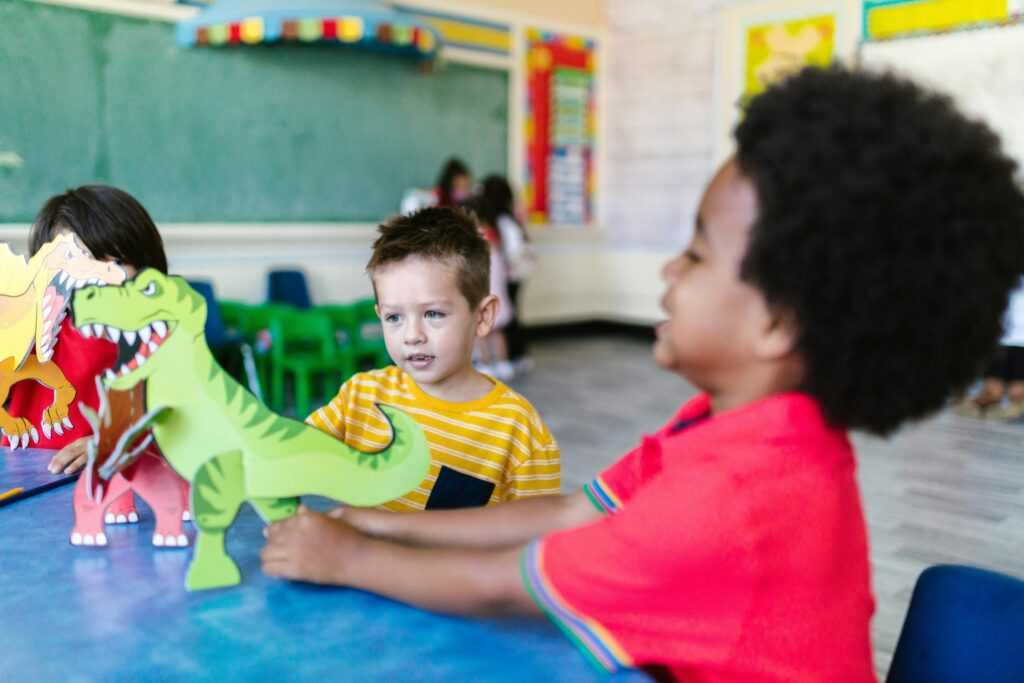Preschoolers love to explore. They touch, ask, and want many things. Every moment feels exciting. But parents know they can’t say yes to everything. Learning to accept “no” is an early life lesson. It helps kids grow patience, flexibility, and strength. It’s almost the same when playing games at https://www.masonslots.com, where you have to say no to certain games to avoid losing money.
The Fear of Saying No
Many caregivers avoid the word. They worry it could upset a child or cause tantrums. Some even break rules to avoid fights. But removing every “no” only delays the challenge. When children finally meet rejection outside the home—at school or with friends—it feels sharp and heavy. Early, gentle practice changes that.
A Gentle Approach
Think of “no” as a step, not a wall. Parents can help kids handle small “no’s” safely. For example, instead of saying no, try: “This toy is resting right now.” Let’s play with it later.” The child hears a limit, but also a path forward. The sting softens.
Playful Honesty Works
Children sense when adults trick them. That is why playful honesty matters. If a parent says “maybe later” but never means it, the child feels confused. Saying “not right now” keeps trust. Being honest and kind softens the answer.
Building Tolerance One Step at a Time
Resilience is like a muscle—it gets stronger with practice. Start small. Say no to candy and offer a snack. Ask them to wait five minutes before the TV. Gradually make the challenges bigger. Each time, kids learn that disappointment doesn’t last forever.
Making “No” Feel Safe
Tone is as important as words. A loud “no” can scare a young child. A calm, steady voice feels different. Pair the denial with eye contact or a gentle touch. That combination says: “I hear you, I care, and you’re safe—even when I say no.”
When to Add Play
Parents can weave play into limits. Pretend the toy car needs “gas” before it can be used again. Or make the cookie jar a “sleeping box” until after dinner. Play transforms the rejection into a story. The child participates in the wait, instead of feeling powerless.
Small Wins From Waiting
Waiting is a hard skill, but it brings joy later. A child who waits to use crayons learns to value them more. The sense of accomplishment—“I waited, and now I get it!”—builds pride. Over time, children link patience with reward, and “no” becomes part of the path to “yes.”
Supporting Emotional Language
A preschooler might not know how to say, “I’m upset you said no.” Parents can help. Offer phrases like, “You feel sad the toy is busy.” Naming the emotion reduces intensity. The child feels seen and begins to understand their own reactions.
Avoiding Overuse
Balance matters. Saying no too much can upset even a calm child. Parents should choose moments wisely. If a request is harmless and possible, saying yes gives children joy and security. The goal is not to flood them with rejection, but to sprinkle it in thoughtful ways.
Lessons for Later Life
Rejection doesn’t disappear as children grow. A teen who misses the team, a student turned down for an internship, or an adult blocked at work—all have to cope. Preschool years prepare us for this. Gentle practice at three makes handling bigger setbacks at thirteen much easier.
Stories From Families
Some parents share that guided “no’s” reduced tantrums in weeks. A father taught his daughter that her stuffed animal “needed rest” after play. Soon she began tucking it in herself, turning denial into a ritual. Another parent used a “waiting song” before dessert. Instead of crying, the child sang and giggled.
The Role of Culture
Families handle rejection differently. Some cultures think saying “no” directly is too harsh and use gentler words instead. Others value firmness early on. Whatever the style, the principle remains the same: introduce limits gently, with respect for the child’s emotions.
Common Mistakes
Sometimes parents slip into inconsistency. They say “no,” then quickly give in. This teaches children to push harder next time. Another mistake is hiding the denial with false promises. Both weaken trust. Steady, gentle honesty works better than mixed signals.
Encouraging Independence
“No” also fosters creativity. A child denied screen time might invent a game with blocks instead. By not always granting requests, parents open doors to new skills. Rejection becomes a tool for discovery.
A Mindset Shift for Parents
Parents themselves must reframe rejection. Instead of fearing that “no” harms a child, they can see it as care. Each denial, given with love, is a seed of resilience. Over time, it grows into strength.
Combining Yes and No
Balance makes the home environment secure. Too much “yes” creates entitlement. Too much “no” creates frustration. A healthy rhythm, with both acceptance and rejection, gives children a steady ground. They learn that life offers both, and both can be handled.


